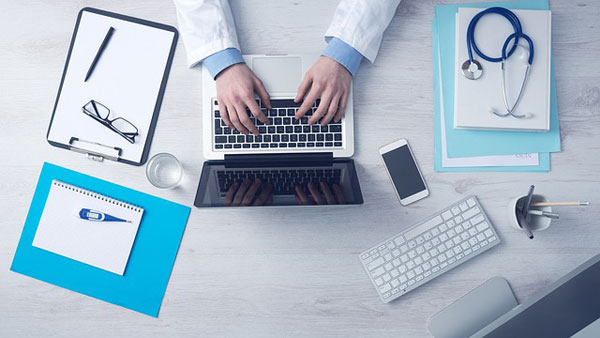Is your laptop starting to get old? Are you looking for ways to give it a boost? In this article, I will reveal a number of things that you may want to consider implementing, to get the most out of your system.
After some time, it’s natural for your system to start to run slower than when you first started using it. Maybe you went out and purchased a new laptop, but it wasn’t as fast as you hoped. Whether your system is years old, or just not very powerful, it’s always best to see whether there is anything you can tweak or upgrade to get the most out of your laptop.
So, below are five things that you should be aware of, if you want the get the most out of your laptop.

- Remove Unused Applications
There are so many free applications that you can find online, that we will install, thinking we’ll need it sometime in the future, but we never get round to using them, and all they end up doing, is taking up hard drive space. So that’s the first thing you’ll want to do, uninstall any program(s) that you are not using, to free up hard drive space and speed up your system in the process. Things like movies, and game files are what you should be looking at.
To remove a program in Windows, simply access Control Panel and select Uninstall a program, and use the built-in InstallShield to remove the program(s) of your choosing. The whole process is pretty self-explanatory. With Mac systems, all you need to do is drag the program into the trash and empty your trash, and it’s gone, for good.
- Remove Bloatware
It’s not just your old system that can be quite laboured in performance. New computers also suffer from the same symptoms, and that’s because of all the preinstalled bloatware many of them come with. Whatever term you use to refer to this software, it can really slow your system down.
It’s more than likely, that all the extra stuff that came with your laptop is of no real use to you. If they’ve laid on your system unused, for a considerable length of time, then that should give you enough reassurance that you don’t really need them. Unlike with unused software, people have a tendency to leave preinstalled software alone – that is a mistake.
There are tools that you can use that will help you determine which programs you need and which you don’t, based on the tools usage history, so you may want to be on the lookout for that.
- Defrag Your System
Your typical mechanical hard drive suffers from defragmentation, quite often. However, this isn’t an issue on the newer solid state drives.
This means, data on the drive is scattered across it, which results in the hard drive having to work overtime, when attempting to access data from it. When you defrag a hard drive, you are essentially, putting all this data into one area of the drive, which will improve access time, which in turn will make your system more responsive.
You can access the defrag tool from Control Panel, by selecting System and Security.
Before you carry out a scan, you can do an analyses of the drive, to first determine whether or not it needs defragging. The whole process can take a considerable length of time, which is why you should only defrag a drive, if it needs defragging.
- Use ReadyBoost
ReadyBoost is a built-in Windows feature that was first introduced with Windows Vista. Basically it uses your flash drive, as additional memory for the operating system.
Probably not your perfect substitute for swapping your traditional mechanical hard drive with a solid state drive, or adding more RAM to your system, ReadyBoost can, and does make your system perform a little faster. It uses the memory from your flash drive, for things such as, assistance during the running of certain programs, caching, and to increase the random read access speed of your hard drive.
In order to use this feature, simply put your USB memory stick into your laptop computer. A dialogue box should immediately appear, asking you what you would like to do with your memory stick. Simply choose ‘Speed up my system using Windows ReadyBoost’. This will take you to another Window, where you will be asked to specify how much of the memory stick should be allocated to ReadyBoost. It’s best to use as much of the drive that you can.
Once you have done that, confirm your choice, and the Window will close. Every time the drive is inserted into your laptop, it will be automatically detected and the specified amount of space on the stick, will be used for the ReadyBoost feature.
- Add More RAM
If your laptop came with 2GB of RAM, then you may want to consider upgrading it, as a sure-fire way of improving its performance. There are however, some things for you to think about.
If your operating system is 32bit, then you can add no more than 3GB of RAM to your laptop computer. For example, if you had 2GB and you were to add an additional 2GB, only 3GB would be accessible to the computer when running Windows. This is simply because of the limitations of 32Bit operating systems. 64Bit operating systems, have much larger limits (64GB and more).
Uchenna Ani-Okoye is a former IT Manager who now runs his own computer support website https://www.compuchenna.co.uk.